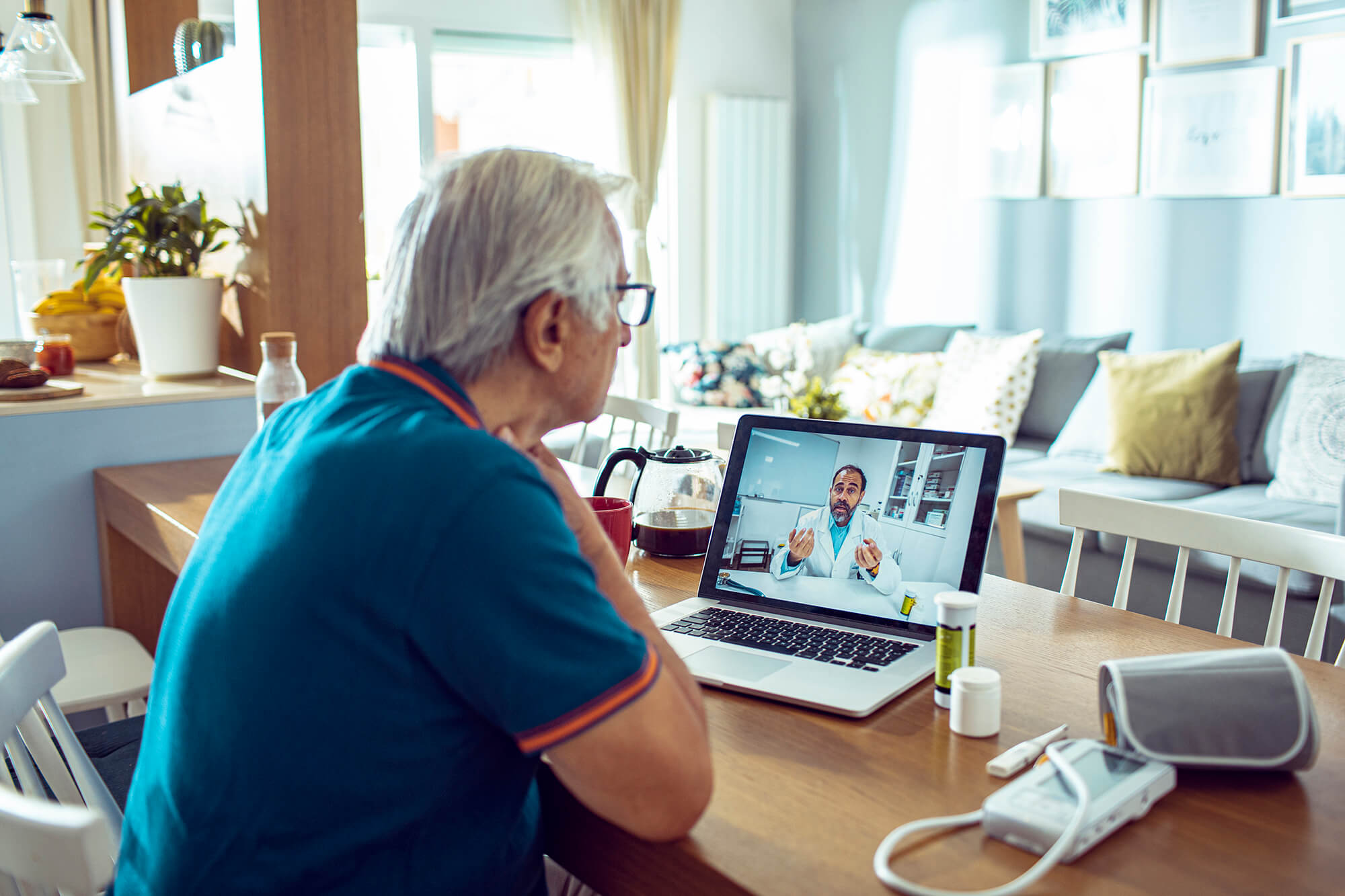Patient-reported outcomes provide important progress information to oncology staff about their patients’ symptoms. The PRO-TECT multicenter trial was initiated to evaluate the efficiency of using real time electronic patient-reported outcomes (ePROs) systems among adults with advanced and metastatic cancers.
Patients undergoing treatment for cancer certainly experience distressing and often disabling symptoms. Without reports shared in real time, clinicians may be unaware of patients’ symptoms, and those symptoms may remain unaddressed. Oncology clinicians have considered whether symptoms could be better managed with ePRO systems. The goal is to identify problems before they become worse or cause more serious difficulties and complications. These systems are already being used in other ways to manage patient care. For example, outpatients answer questions about their symptoms through web-based questionnaires, downloading information found online, or automated telephone interfaces.
The PRO-TECT digital ePRO system includes questions about symptoms that were derived from the National Cancer Institute’s Patient-Reported Outcomes version of the Common Terminology Criteria for Adverse Events (PRO-CTCAE). Patients were queried about their physical functioning and physical health; they even answered questions about their financial health.
This cluster-randomized trial included a total of 496 patients receiving care from 52 community oncology practices. The patients were adults receiving chemotherapy, immunotherapy, or targeted therapy for any type of advanced or metastatic cancer. The trial included 26 practices that use ePROs as part of their normal care (intervention practices), and 26 practices that do not use ePROs (control practices).
In the intervention practices, patients were prompted to report their symptoms and state of wellness weekly for 1 year via a website or an automated telephone system. The patients answered questions about whether they were experiencing pain, depression, or nausea, rating the severity of each on a 5-point scale. When a patient’s responses indicated an increase in symptom severity, the patient received an email with instructions for how to manage the symptom, and a nurse was simultaneously alerted to contact the patient in real time.
The researchers surveyed all patients and clinicians. The patients gave feedback twice: at 3 months and at 1 year. Nurse and physician evaluations on the system’s clinical usefulness were shared after the clinicians had worked with the ePRO system for at least 6 months.
The PRO-TECT system was deemed successful, with 91% of patients reporting that the questions were related to their care, and 93% to 95% of patients reporting the system was easy to understand and use. The investigators found the online system was valuable for enhancing communication and quality of care. Seventy-nine percent of the nurses queried said the information coming out of the PRO-TECT trial was helpful for clinical documentation, and 75% said it was useful for caring for patients. As for the oncologists, 91% of the 38 who were queried found the information resulting from ePROs to be helpful.
Although the ePRO system was reported as useful overall, some clinicians said the information obtained was of limited value. For example, 16% of the nurses reported that the information obtained from the ePRO system rarely improved patient discussions. With regard to alerts about patients’ symptoms, the nurses had mixed feelings. Although some nurses reported that they received too many symptom alerts, 93% preferred to continue receiving future alerts for their patients’ severe symptoms.
“These findings support the clinical utility and value of implementing digital systems for monitoring PROs, including the PRO-CTCAE, in routine cancer care,” the investigators concluded.
Reference
Basch E, Stover AM, Schrag D, et al. Clinical utility and user perceptions of a digital system for electronic patient-reported symptom monitoring during routine cancer care: findings from the PRO-TECT Trial. JCO Clin Cancer Inform. 2020 Oct;4:947-957. doi:10.1200/CCI.20.00081
